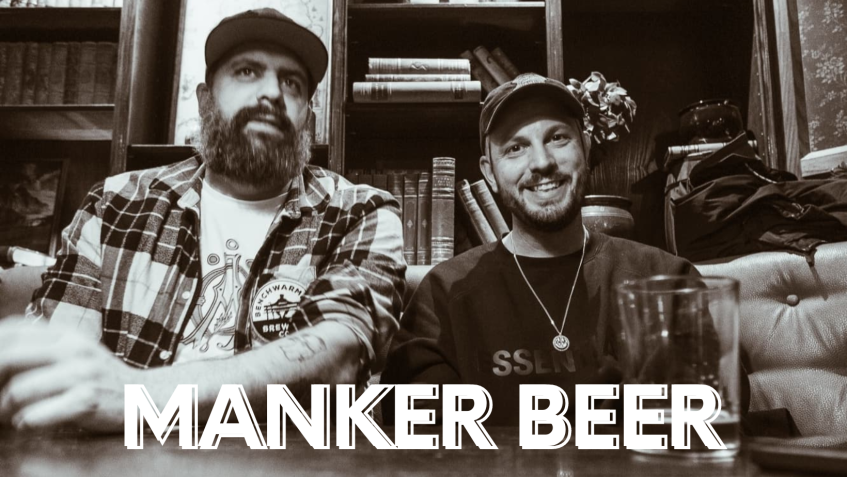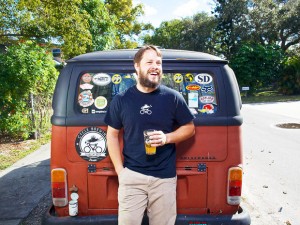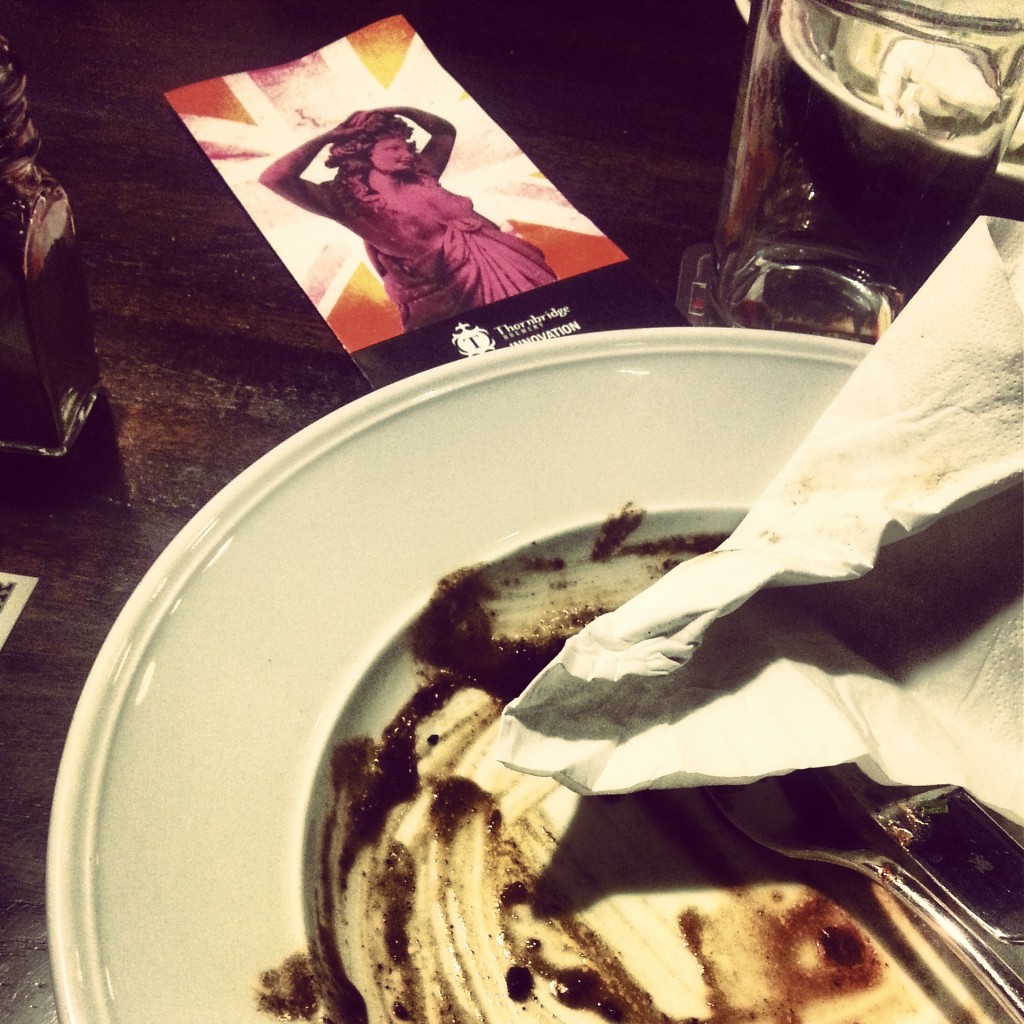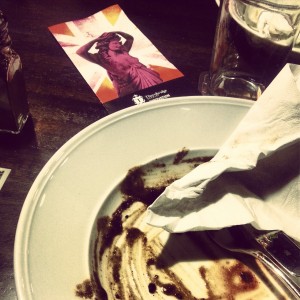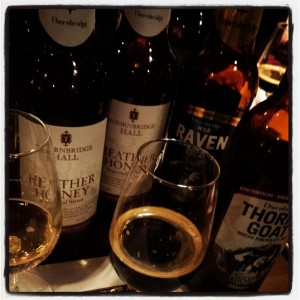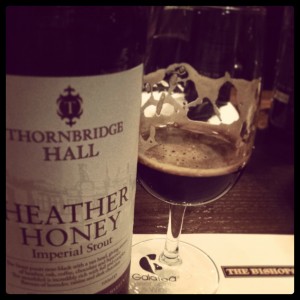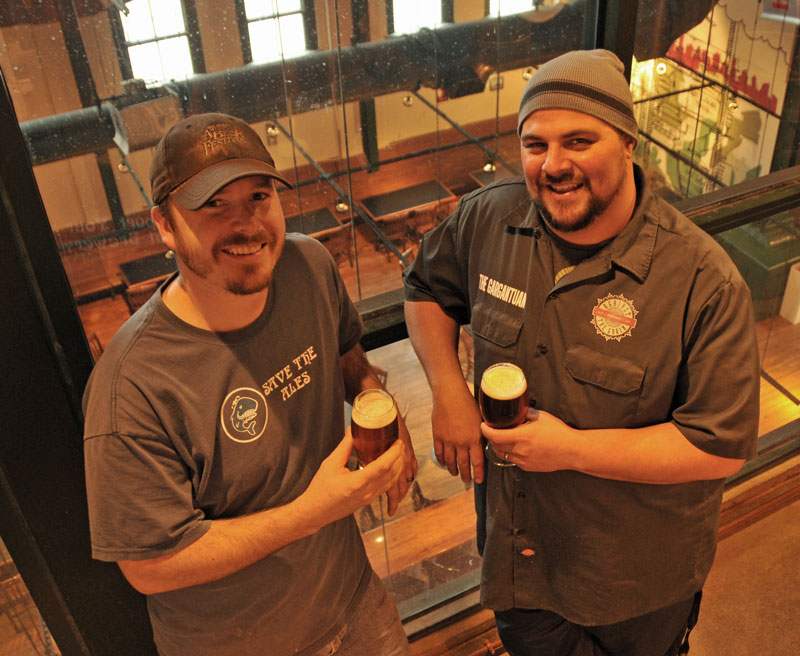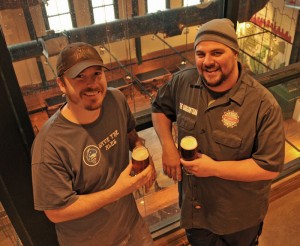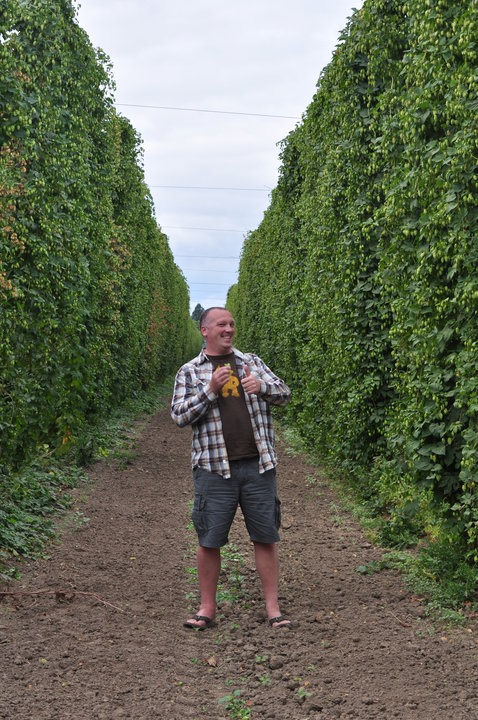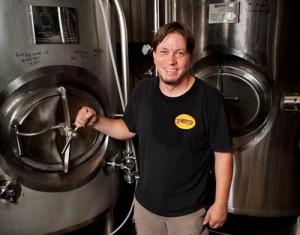So far we have had interviews with breweries from New Zeeland (Sören Eriksen/8 Wired), China (Michael Jackson/Boxing Cat Brewery), Denmark (Amager Bryghus) and the US (most lately Doug Dozark/Cycle Brewing), just to mention a few. Copenhagen Beer Celebration will host not only breweries from 8 different countries (AUS, US, DK, NO, CH, BR, JP, NZ) but will have beer lovers from unexpected countries such as Turkey, India, United Arab Emirats and Brazil – beer lovers unite. Suitable enough we have an interview with Bryan Baird from Japanese brewery Baird Brewing to share with you all on this day of many origins. Baird Brewing attended CBC 2012 and now at CBC 2013 they are bringing it one more time, so check out what Bryan has to say about the Japanese beer culture, his own journey in the life of beer and what they are pouring at CBC.
MankerBeer (MB): You graduated from John Hopkins SAIS within the area of Japan Studies; from where comes your fascination with Japan and why did you end up starting a brewery there and not in the US?
Bryan Baird (BB): I first visited Japan as a newly minted 22-year-old liberal arts college graduate who wasn’t yet sure what to do with his life. I became fascinated with Japan in college primarily through a course I took on modern Japanese history. As a English language teacher in Osaka I instantly fell in love with the country and its culture. I stayed on for three years working and studying before returning to the U.S. for graduate school studies. After my first year in Japan, though, I knew that I wanted to be involved with the country for the rest of my life. During graduate school in the mid-1990s, Japan underwent a period of economic deregulation which, among other things, lead to the birth of Japan’s craft beer movement. This captured my attention as a passionate beer enthusiast and ultimately led to my determination to pursue craft brewing in Japan.
MB: After completing the American Brewers Guild’s 3-month intensive brewing science and engineering program you had an apprenticeship at
Redhook, before that how much practical brewing experience did you have and what experience have you brought with you from Redhook?
BB: I had no practical brewing experience before attending the Guild program and apprenticing at Redhook. To be honest, the experience at Redhook was mainly valuable for showing me how I didn’t want to pursue craft beer brewing. Redhook was a big craft brewery back in 1997 and the vibe around the place was very corporate. Brewers were treated more as factor inputs than skilled artisans. I never forgot that. At the end of the day it is brewers who make beer, it is not the equipment. The equipment constitutes an important tool, but it is human passion, judgement and skill that lend to craft beer its soul.
MB: Baird have been around for a relatively long time; as an American living in Japan what is your view on the ongoing US craft beer movement over the last ten years?
BB: In a word, phenomenal! The American craft brewers have really led the way with their passion and irreverent creativity. The craft beer movement in the U.S. is a representative microcosm of all that is good about American culture.
MB: We find more and more of your beers in the Nordic countries, how many countries do you distribute to and what are the future distribution/expansion plans?
BB: We are about to break ground on a new greenfield brewery where are initial capacity will be around 20,000 HL expandable to 60,000 or 70,000 HL. We hope to be producing Baird Beer there by December of this year. With that new capacity you will see us become more proactive on the export front. We are just getting started in our efforts to export Baird Beer to Europe.
MB: In an article from 2010 it seemed as your predicament for the short-term beer revolution in Japan wasn’t looking to bright, with too many craft breweries of less quality, has that changed?
BB: Craft beer in Japan only accounted for 0.3 percent or so of the beer market in 2010. I haven’t seen more recent statistics but I don’t imagine that is too much higher than that. The truth of the matter is that out of more than 200 craft breweries in Japan, perhaps only 20 or so are really growing. The vast majority of makers are for the most part unknown and becoming more so. Japanese consumers are very sophisticated and for more of them to become excited about craft brewing, more breweries have to be crafting a broader array of outstanding beer. This is now happening. I am optimistic about the future.
MB: From where does the Japanese breweries take their inspiration? The few local Japanese craft brewed beers I’ve tried don’t seem as influenced by other ‘beer traditions’ as I expected?
BB: I don’t think I can answer this question as I don’t believe there is a single or main source of inspiration. That is part of the problem: too many Japan craft breweries have no philosophical underpinning to their beer brewing methods. That said, some of the better breweres clearly have sources of inspiration (eg. Swan Lake Brewery in Niigata brews beautifully clean ales inspired by the American craft beer culture; Fujizakura Kogen in Yamanashi prefecture brews a wonderful lineup of German-inspired beer – particurlarly noted for its weizen brewing; Shiga Kogen in Nagano prefecture is an old-line sake maker whose beer is eclectic and interesting and probably influenced by several sources).
MB: Any specific local Japanese breweries should one keep an eye on in the future?
BB: See above comment.
MB: What would you say are the main influences of the beers Baird produce? Do you try to be Japanese with an American twist or American with a Japanese twist – or maybe just be Baird?
BB: I am first and foremost a beer enthusiast who enjoys the breadth and diversity inherent in beer. I drink very broadly and appreciate all classic beer cultures. In that sense, I am very American in my approach to brewing. My taste preferences, though, are very heavily influenced by Japanese culinary culture where balance and harmony of flavor are highly prized. We strive to brew beers of character, which we define as the interplay of balance and complexity. I think many American craft beers give short shrift to balance. They taste interesting for half a pint or so, but by the end of the glass the drinker’s pallete is exhausted and she will not want to order another. The drinker should always want or be tempted to order another – that is balance.
MB: What challenges are there with brewing in Japan when it comes to legislation, markets or maybe the beers that people tend to prefer – which affects what you might brew or how you can develop?
BB: The legal landscape for brewing in Japan is very reasonable and fair. The only drawback, and it is a big one, is the extremely high taxation applied to beer. We brew beers that we love and think very little about the consumer market. I would be brewing Baird Beer in the same way no matter where I was located.
MB: Copenhagen Beer Celebration have breweries from all parts of the world this year; being among the more remote ones (seen from a European perspective) how important are events like this for you – both for the brewery but also for you as a brewer?
BB: Events like this are fun; they are very satisifying to participate in and that is what is most important. Beer enthusiasts everywhere tend to be very interesting, well-educated people and it is a pleasure meeting and interacting with them. Moreover, meeting with and drinking other brewer’s beer is a terrific way to find new inspiration. Personally, I have never been to Copenhagen and having beer as an excuse to visit is a pretty cool thing.
MB: What should beer fans at Copenhagen Beer Celebration really not miss?
BB: We will be pouring a wide selection of Baird Beer but two in particular are rare and brewed with unique local Japanese ingredients – (1) Fruitful Life Collaboration Ale (together with Mikkeller) which is fruited with five varieites of fresh local citrus fruit, and (2) CBC Celebration Ale which is a herbal ale incorporating Japanese green tea leaves and fresh wasabi. These are not to miss!
Thank you Bryan for taking the time to answer our questions! The list of beers at CBC is growing for everyday, while you have Baird Brewings beers below you can find the full list of beers at this link. Changes may occur and not all beers will be served during all sessions.
Baird Brewings CBC Beer List:
- Rising Sun Pale Ale
- Suruga Bay Imperial IPA
- Angry Boy Brown Ale
- Morning Coffee Stout
- Bureiko Jikan Strong Golden Ale
- CBC Celebration Ale
- Fruitful Life Collaboration Ale (Baird-Mikkeller)
